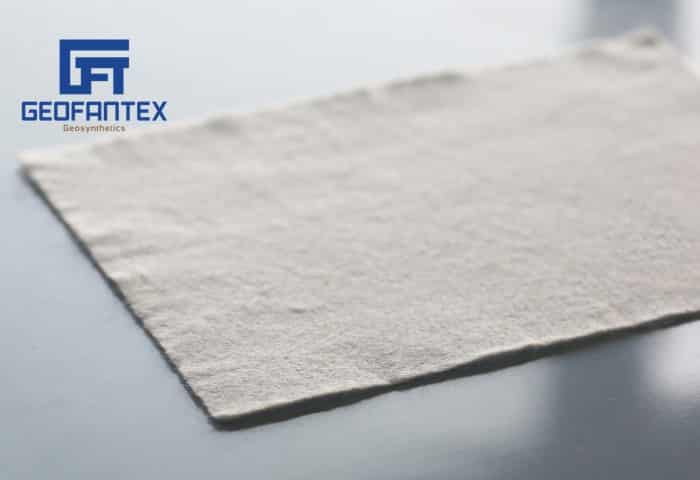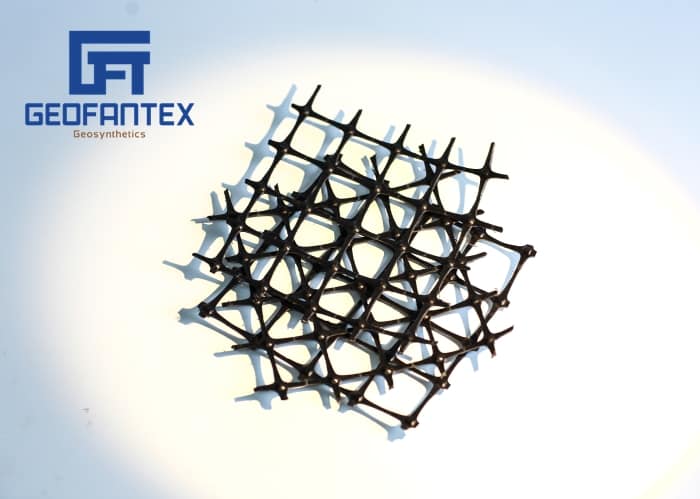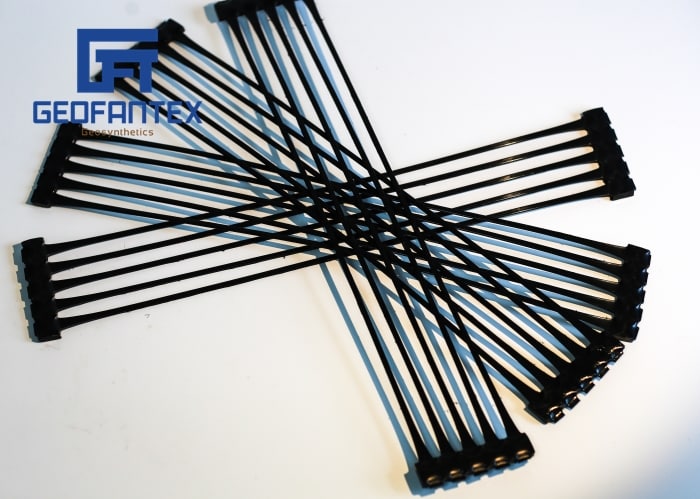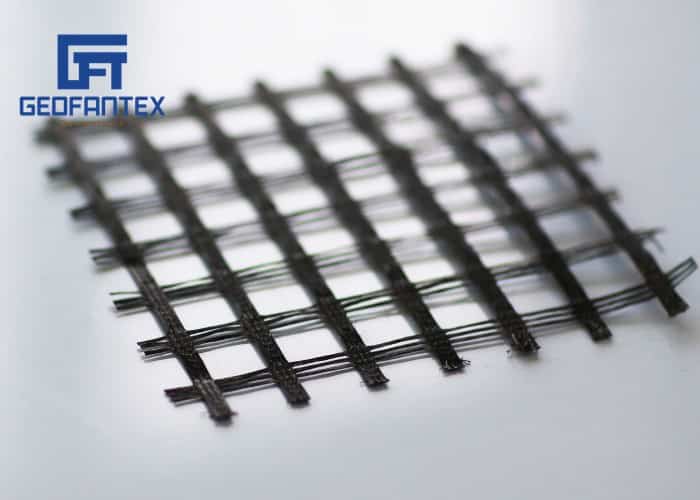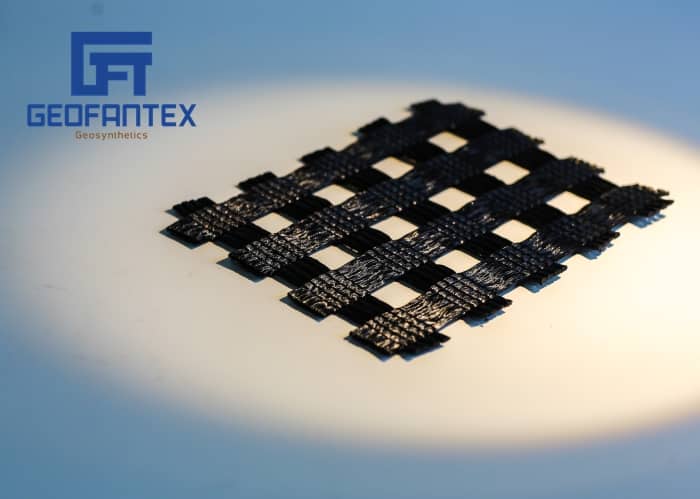+86-159 9860 6917
info@geofantex.com
geofantex@gmail.com
+86-400-8266163-44899
What is Geogrids – Geofantex
Geogrid is a major geosynthetic material. Compared with other geosynthetics, it has unique performance and efficacy. It is often used as the reinforcement of reinforced soil structure or the reinforcement of composite materials.
Geogrid is divided into four categories: plastic geogrid, steel plastic geogrid, glass fiber geogrid and warp-knitted polyester geogrid. Geofantex mainly produces three products: plastic geogrid, fiberglass grid and polyester warp-knitted polyester grid. The grid is a two-dimensional grid or a three-dimensional grid screen with a certain height, which is made of polypropylene, polyvinyl chloride and other high molecular polymers through thermoplastic or molding. When used in civil engineering, it is called geogrid.
| SEPARATION | REINFORCEMENT | FILTRATION | DRAINAGE | WATERPROOF | PREVENTION | POLLUTION PREVENTION | PROTECTION | CONSOLIDATE | |
| GEOTEXTILE | √ | √ | √ | √ | √ | √ | |||
| GEOMEMBRANE | √ | √ | √ | ||||||
| GEOGRID | √ | √ | |||||||
| GEONET | √ | ||||||||
| GEOTUBE | √ | ||||||||
| GEOCELL | √ | √ | |||||||
| GCL | √ | √ | |||||||
| GEOCOMPOSITE | √ | √ | √ | √ | √ | √ | √ |
Get the latest price?
We’ll respond as soon as possible(within 12 hours)











